The Final Step In The Client Consultation Is To
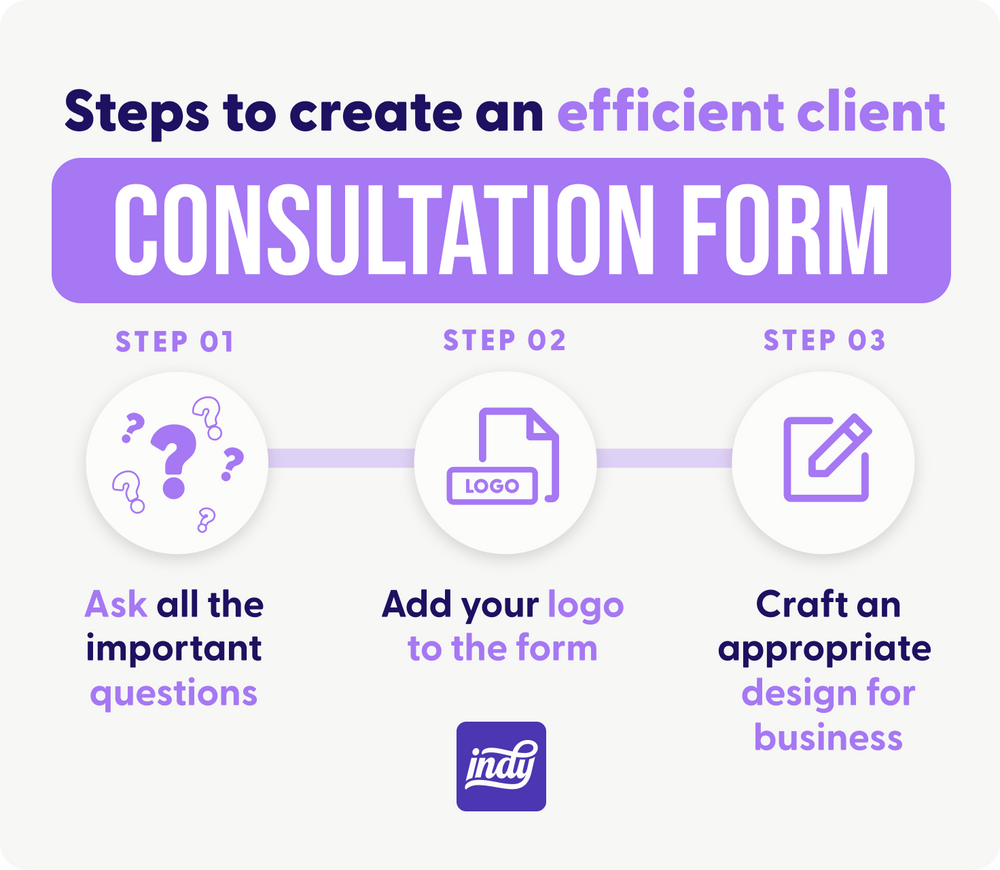
In the high-stakes world of professional services, from law to finance to consulting, a client consultation isn't merely a preliminary chat. It’s a strategic dance that can determine the success or failure of a relationship. Overlooking even a single detail can lead to misunderstandings, unmet expectations, and ultimately, lost business.
The final step in this crucial process is not merely about wrapping up the conversation; it's about securing commitment and paving the way for a successful engagement. It involves outlining the next steps, confirming responsibilities, and ensuring both parties are aligned on expectations. Failing to execute this final step effectively can undermine all the careful work that preceded it, leading to ambiguity and potentially damaging the client relationship.
Setting the Stage: The Importance of a Strong Consultation
A well-structured client consultation lays the groundwork for a successful and productive client-professional relationship. It serves as the foundation upon which trust and mutual understanding are built.
According to a 2023 report by HubSpot Research, companies that prioritize client communication and clear expectations see a 20% higher retention rate. This highlights the critical role consultations play in fostering long-term client relationships.
Deconstructing the Final Step: Key Components
The final step of the consultation isn't a singular action, but rather a series of carefully orchestrated elements. Each element contributes to a clear and actionable path forward.
Summarizing Key Takeaways and Agreed-Upon Solutions
Before concluding the consultation, it’s imperative to summarize the main points discussed and the solutions that were agreed upon. This ensures that both the professional and the client are on the same page. It reduces the risk of misinterpretations down the line.
This includes reiterating the client's needs, the proposed services or solutions, and the expected outcomes.
Defining Clear Next Steps and Responsibilities
Ambiguity is the enemy of progress. The final step must explicitly define the next actions to be taken by both parties. This includes outlining who is responsible for what and by when.
For example, the professional might commit to sending a formal proposal within 48 hours, while the client might agree to provide necessary documentation by a specific date. According to the Project Management Institute (PMI), clearly defined roles and responsibilities are crucial for project success.
Clarifying Fees, Payment Schedules, and Contractual Obligations
Financial transparency is paramount to building trust. The final step should involve a clear and concise discussion of fees, payment schedules, and any contractual obligations.
This avoids any potential misunderstandings or disputes later on. The American Bar Association (ABA) emphasizes the importance of clear and written fee agreements in the legal profession.
Establishing a Communication Protocol
Maintaining open and effective communication is essential throughout the engagement. The final step should establish a clear communication protocol. This includes specifying the preferred method of communication (e.g., email, phone, video conferencing) and the expected response time.
It also involves identifying key points of contact on both sides.
Securing Commitment and Addressing Remaining Concerns
The ultimate goal of the final step is to secure the client's commitment and address any remaining concerns. This involves actively soliciting feedback and ensuring the client feels comfortable moving forward.
It requires a proactive approach to addressing any hesitations or objections. A simple question like, “Do you have any further questions or concerns before we proceed?” can make a significant difference.
The Consequences of a Weak Final Step
Failing to properly execute the final step of the client consultation can have significant negative consequences. These can impact both the client relationship and the professional's reputation.
Ambiguity can lead to unmet expectations, client dissatisfaction, and even legal disputes. A lack of clear communication can damage trust and erode the client relationship.
According to a 2022 study by Accenture, 49% of consumers have switched brands due to poor customer service, highlighting the importance of a positive and transparent client experience.
Best Practices and Expert Insights
To ensure a successful final step, professionals should adopt best practices and seek expert insights. This ensures that the process is as effective and efficient as possible.
Professor Heidi K. Gardner, a Distinguished Fellow at Harvard Law School's Center on the Legal Profession, emphasizes the importance of active listening and empathy in client consultations. She argues that truly understanding the client's needs and concerns is crucial for building trust and securing commitment.
Tools and technologies can also play a role in streamlining the final step. Customer relationship management (CRM) systems can help track client interactions and ensure that all necessary information is captured. Automated email follow-ups can help reinforce key takeaways and keep the client engaged.
Looking Ahead: The Future of Client Consultations
As technology continues to evolve, the landscape of client consultations is likely to change. The rise of artificial intelligence (AI) and virtual reality (VR) could transform the way professionals interact with clients. These will offer new opportunities to personalize the consultation experience.
However, the fundamental principles of effective communication, transparency, and commitment will remain crucial. The final step of the consultation will continue to be a critical determinant of success.
By focusing on clear communication, defined responsibilities, and a genuine commitment to client success, professionals can ensure that the final step of the consultation leaves a lasting positive impression and paves the way for a thriving client relationship.

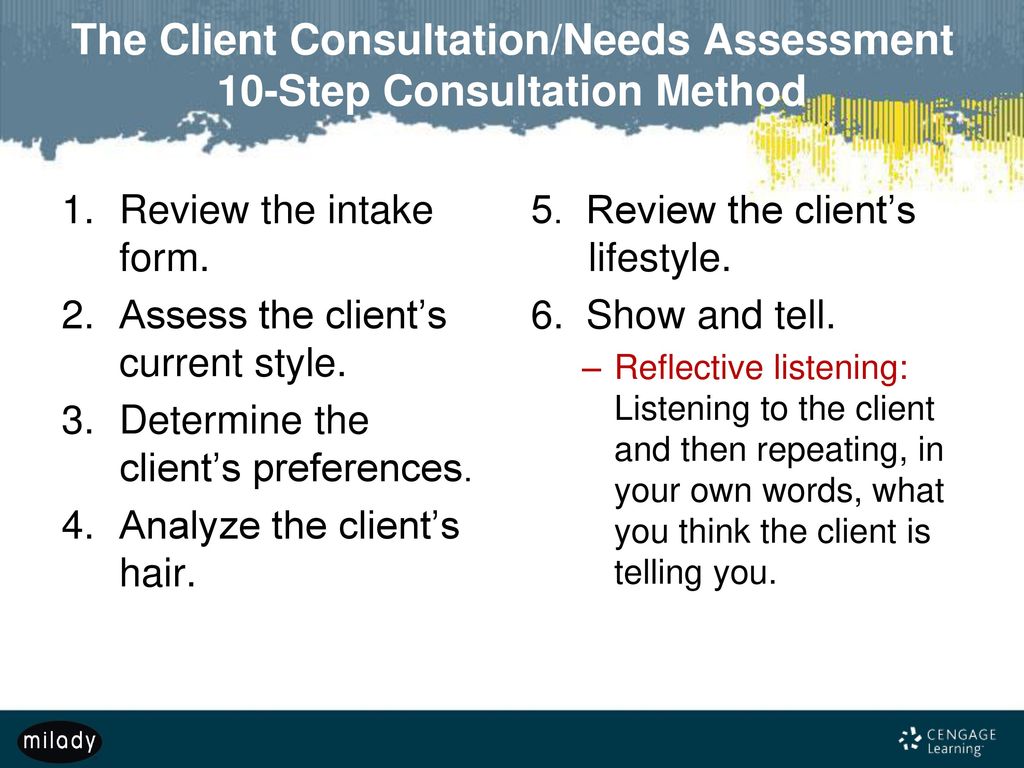

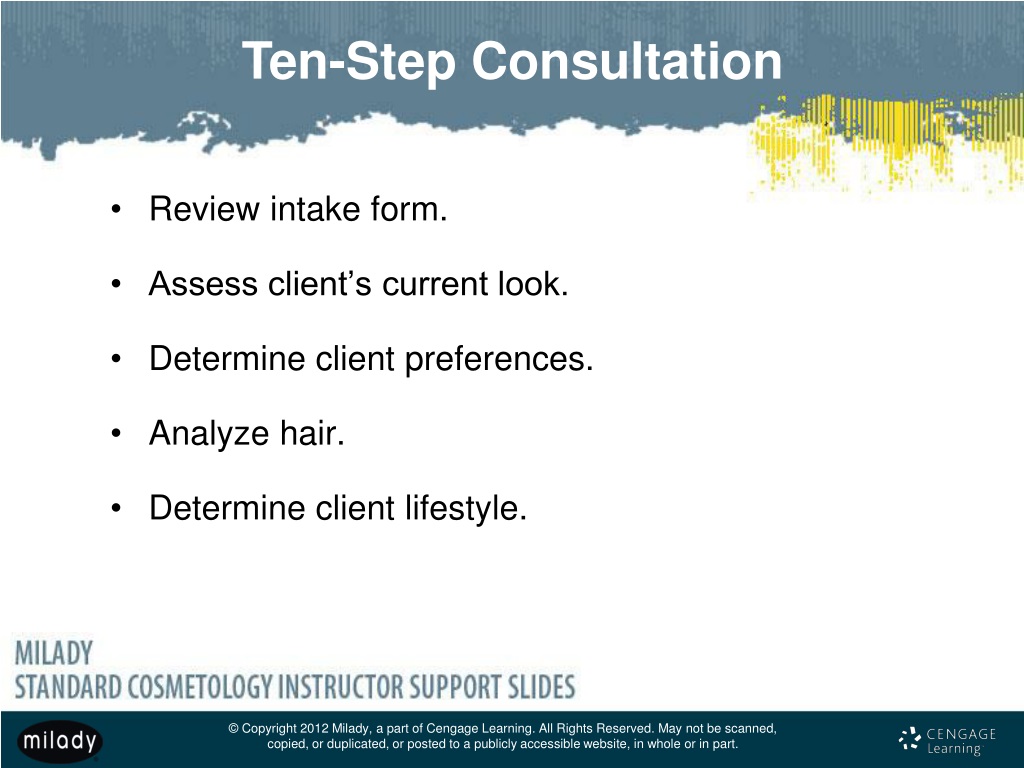


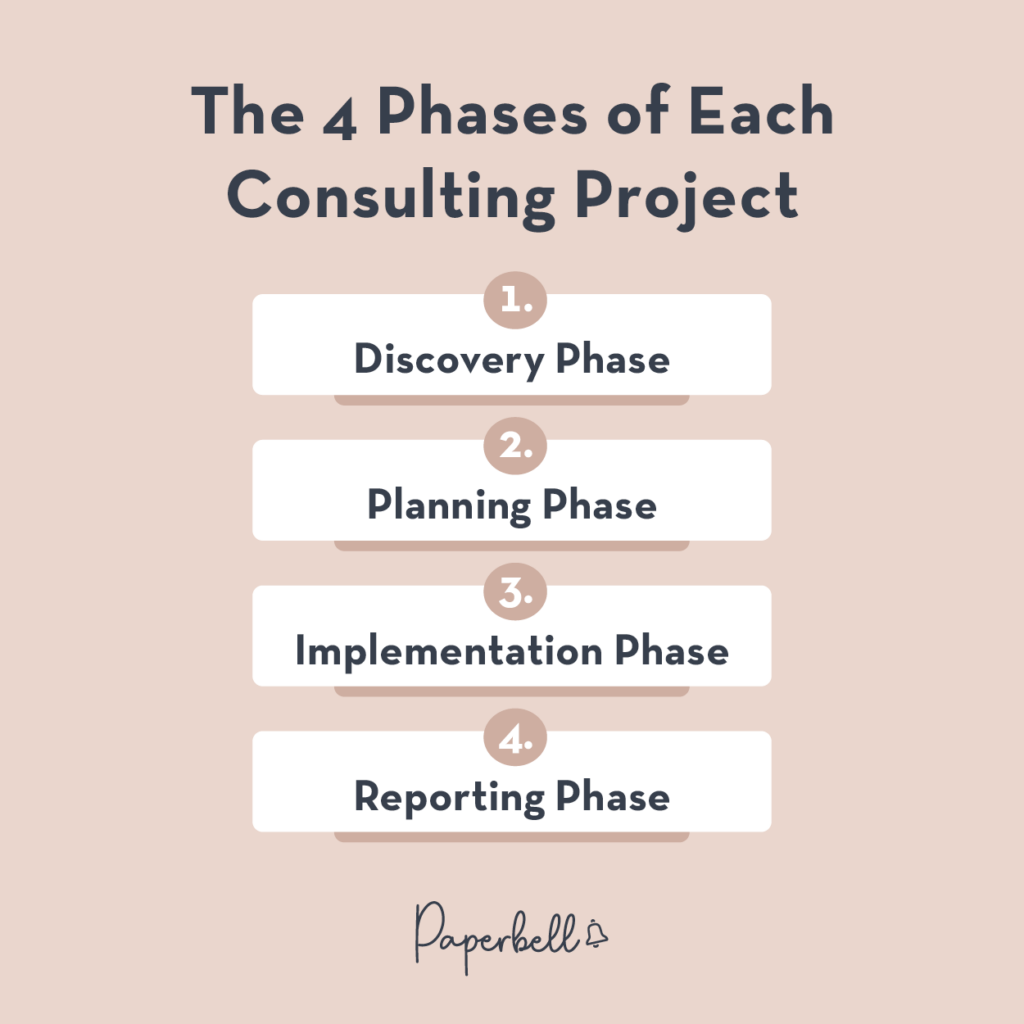


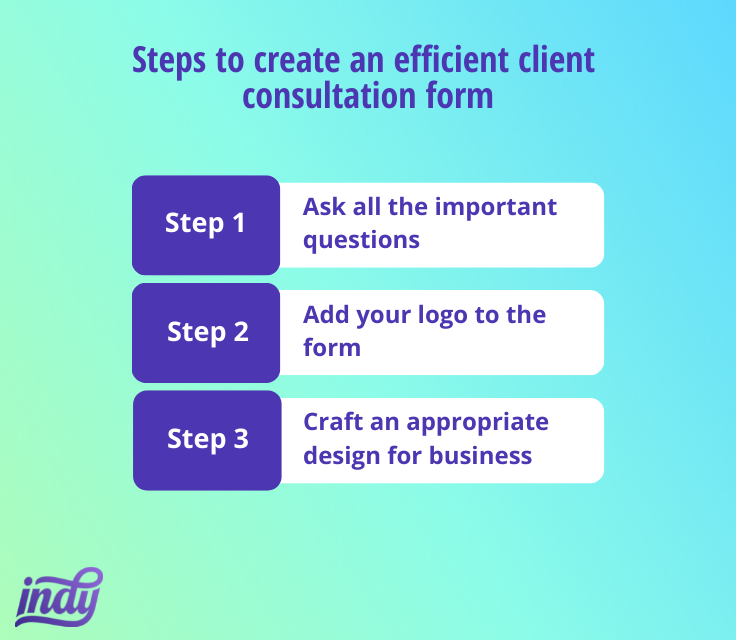
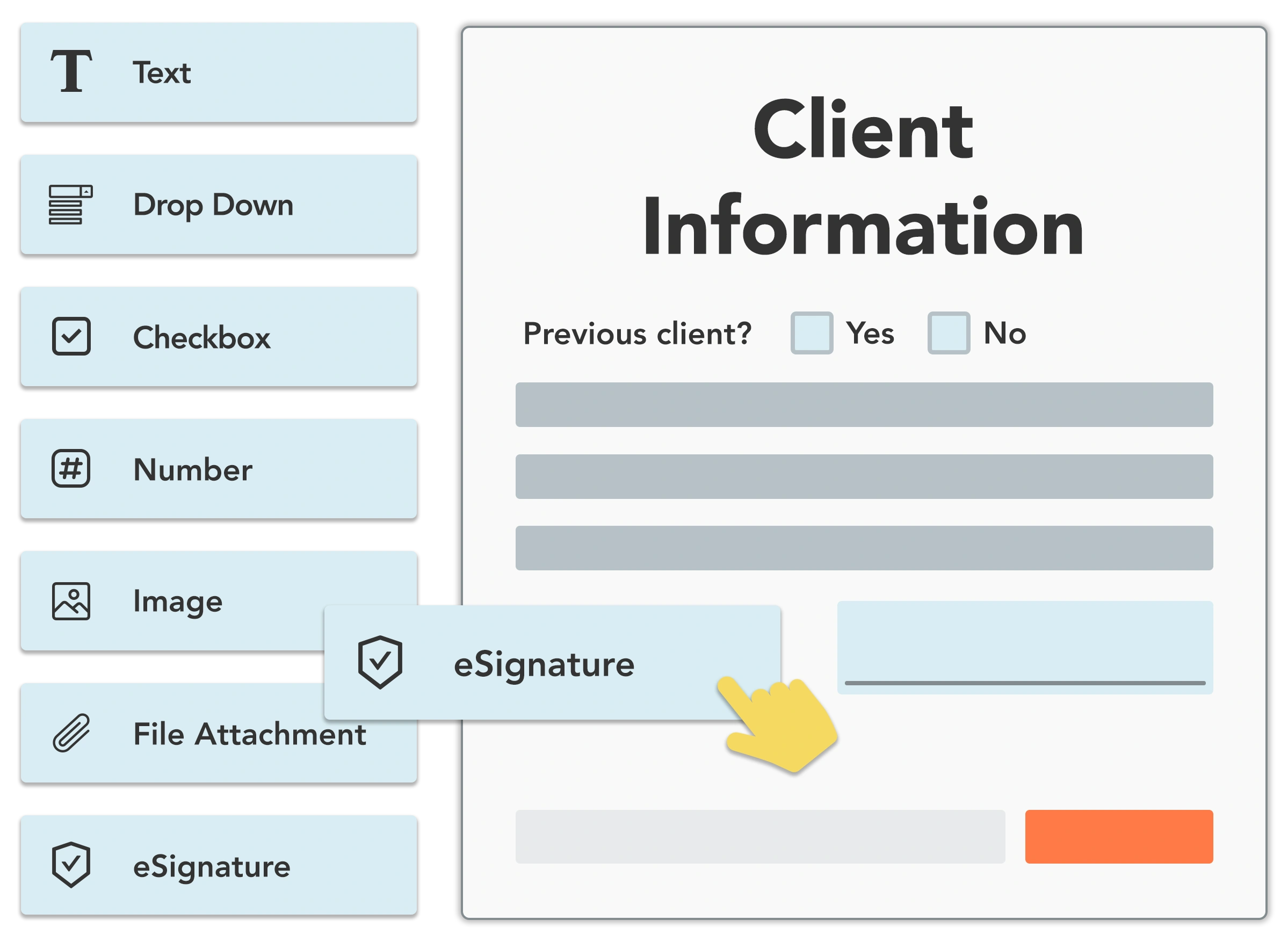

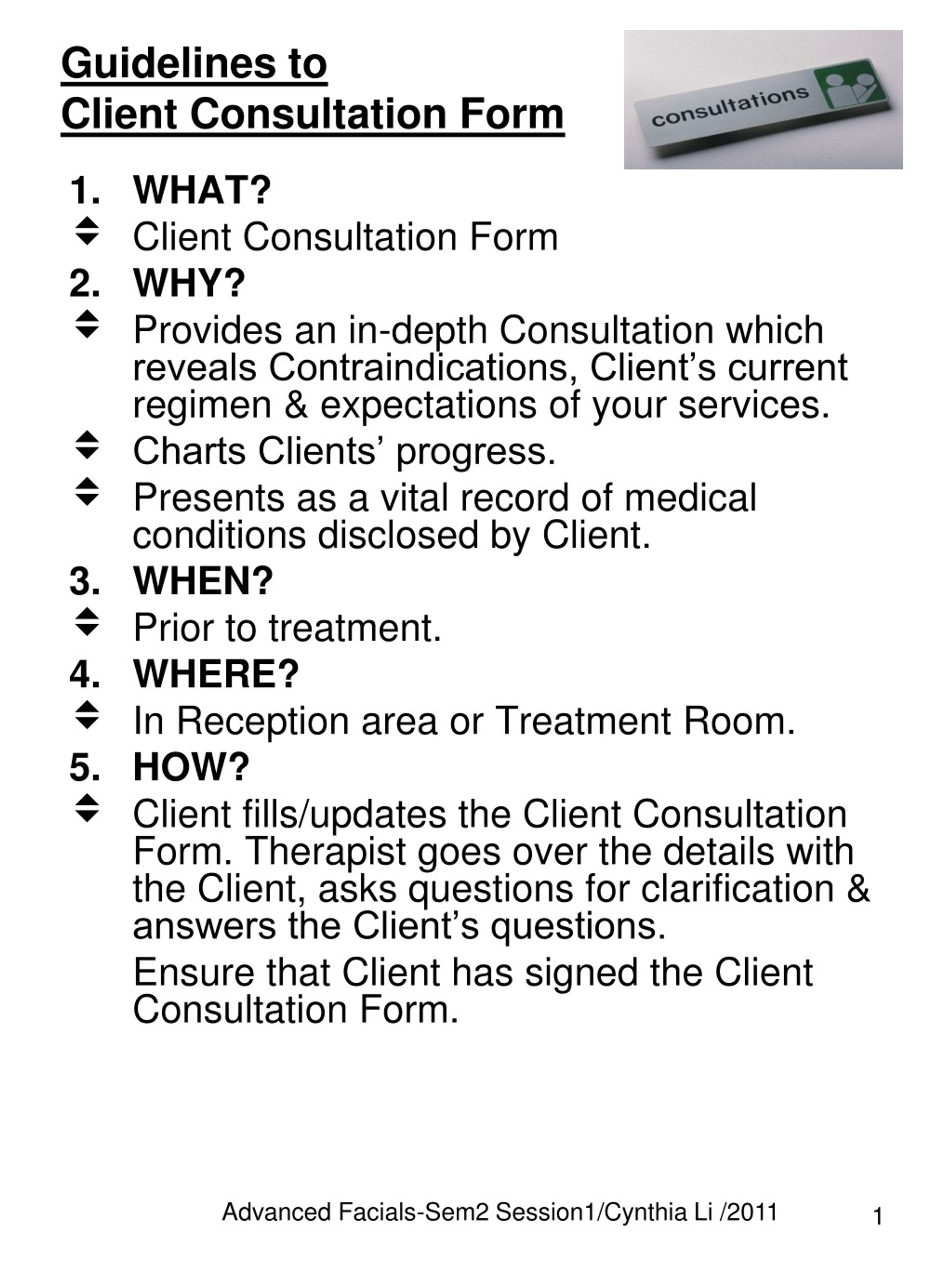

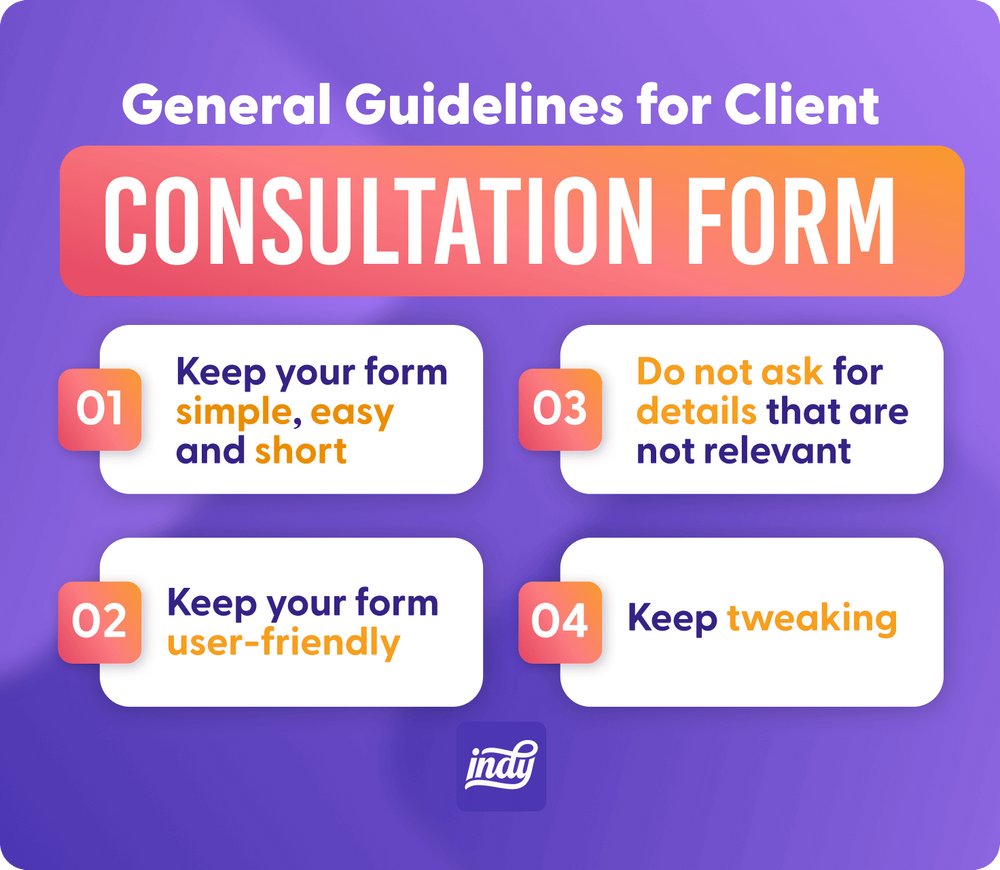


.jpg_11.jpeg)
